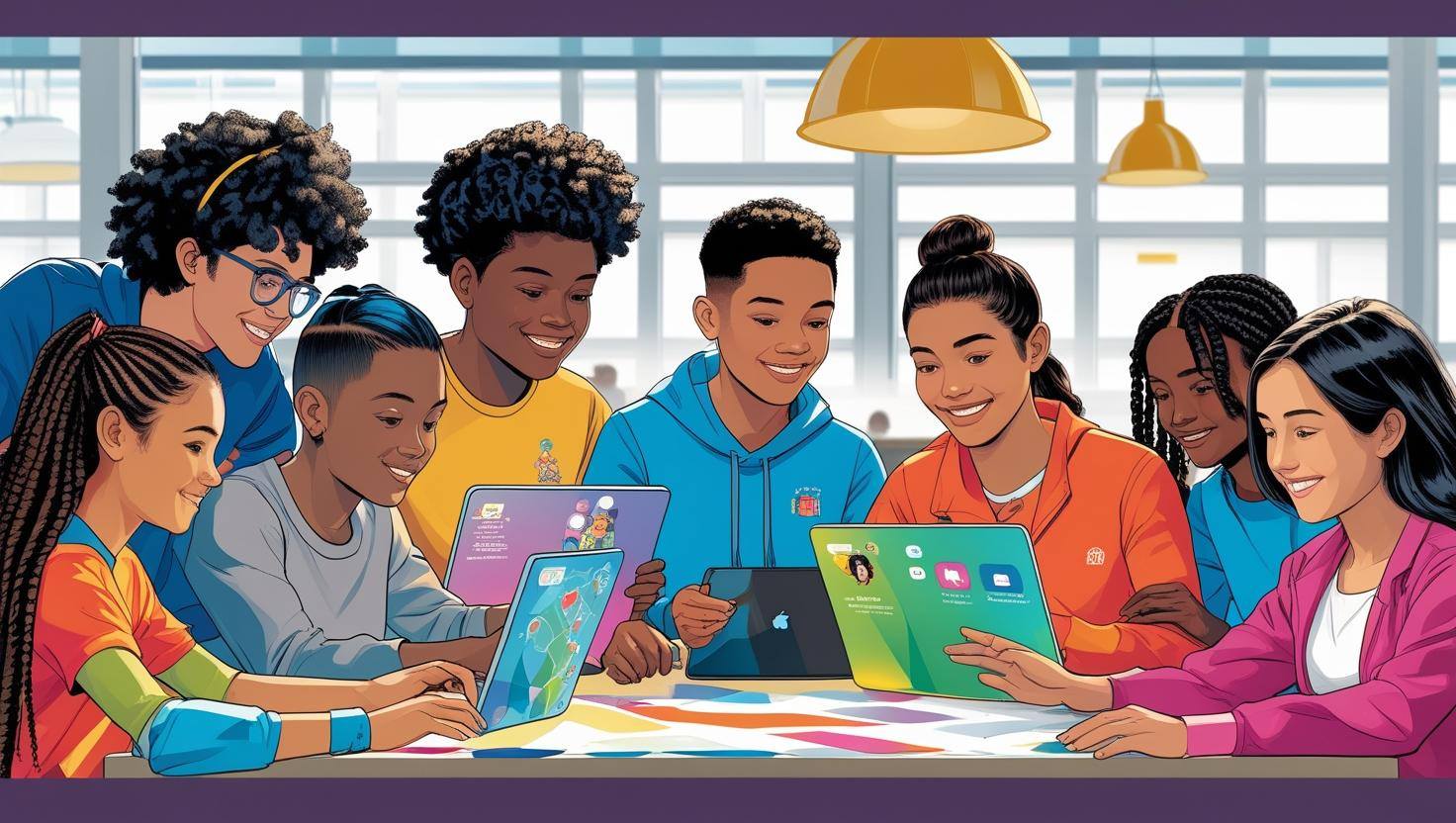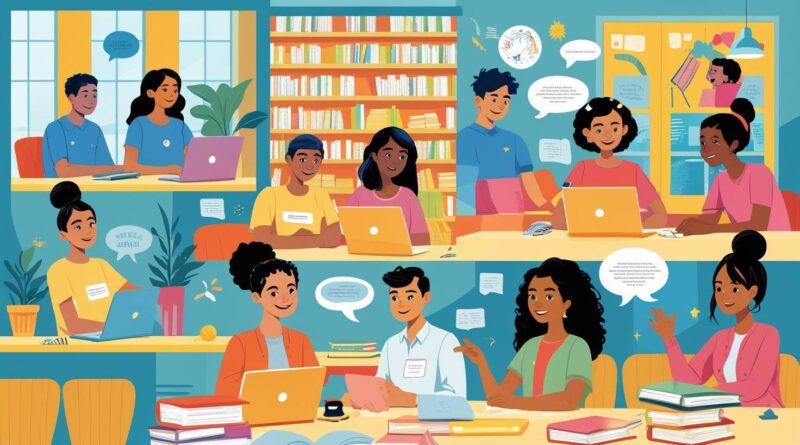Flexible Learning Models: A Game-Changer for Global Education
Introduction
Education is changing. Fast. Gone are the days when you had to sit in a classroom from 9 to 5, five days a week, to earn a degree or learn a new skill. Welcome to the age of flexible learning models — the real game-changer in the world of global education.
So, what’s all the fuss about? And why is this shift so crucial right now? Let’s dive in.
The Evolution of Traditional Education
The Old-School Classroom Model
For decades, education meant one thing: a classroom, a blackboard, a teacher, and a strict schedule. You sat in rows, followed a set curriculum, and were graded on how well you regurgitated information.
Limitations and Challenges
While this model served its time, it’s far from perfect:
- One-size-fits-all approach
- Limited accessibility, especially in rural areas
- Rigid schedules that don’t accommodate working individuals or those with disabilities
Defining Flexible Learning Models
What Makes Learning “Flexible”?
Flexible learning breaks the mold. It gives learners control over when, where, and how they learn. Think of it as education that bends to fit your lifestyle, not the other way around.
Key Components:
- Time – Learn anytime, day or night.
- Pace – Go fast or slow, it’s up to you.
- Place – Learn from home, a café, or another country.
- Method – Choose videos, podcasts, texts, or interactive sessions.

Types of Flexible Learning Models
Blended Learning
A mix of online and in-person classes. Best of both worlds.
Online Learning
Completely digital. Great for remote learners or those balancing work and family.
Hybrid Learning
Live-streamed classes with the option to attend in person or online.
Modular Learning
Short, focused units or “modules” that can be studied independently.
Benefits of Flexible Learning Models
Personalized Education Experience
You learn what you want, how you want, and when you want. It doesn’t get more personal than that.
Accessibility and Inclusivity
Students from remote or underserved areas can now access world-class education with just a smartphone.
Cost-Effectiveness
No need for expensive textbooks or dorms. Just an internet connection and motivation.
Better Work-Study Balance
Perfect for parents, full-time workers, or anyone juggling multiple responsibilities.
Student Empowerment
Self-Paced Learning
No more pressure to keep up with the class. Move at your own speed.
Greater Autonomy
You’re in charge of your learning path. That’s powerful.
Skill-Based Focus
More emphasis on real-world skills and less on memorization.
Technology as the Backbone
Role of EdTech Platforms
Platforms like Google Classroom, Udemy, and Moodle have made learning more interactive and organized.
AI, VR, and AR in Classrooms
Imagine learning anatomy by walking through a 3D model of the human body. Not the future — the now.
The Internet as a Global Tutor
From YouTube tutorials to academic forums, knowledge is just a click away.
Real-World Examples
Finland’s Flexible Curriculum
Students help design their learning journey. Wild, right? But it works.
Khan Academy and Coursera
Providing free and low-cost education to millions globally.
India’s SWAYAM Initiative
A government-led platform offering free online courses to bridge education gaps.
Flexible Learning in Developing Nations
Bridging the Gap
Flexible learning is helping to close the education gap between urban and rural regions.
Overcoming Infrastructure Challenges
Mobile-first solutions and solar-powered tech are game-changers in low-power areas.
Mobile-First Learning Strategies
Apps that work offline are helping millions learn without needing a stable internet connection.
Teacher’s Role in a Flexible Model
From Instructor to Facilitator
Teachers now guide rather than dictate learning. Think coach, not commander.
Upskilling and Continuous Development
Teachers must stay updated with tech and teaching methods — it’s a lifelong learning curve.
Challenges of Implementing Flexible Learning
Digital Divide
Not everyone has internet access or a device. That’s a big hurdle.
Resistance to Change
Some educators and institutions still cling to traditional methods.
Assessment and Accreditation Issues
How do we evaluate learning that happens outside the classroom? That’s still a work in progress.
Solutions and Recommendations
Government Policies and Funding
Investment in EdTech infrastructure and training programs is crucial.
Community Involvement
Local support systems — libraries, mentors, study groups — amplify the impact of flexible learning.
Open-Source Learning Tools
Platforms like Moodle and LibreTexts offer free, customizable education tools for all.
The Future of Global Education
The future isn’t about students sitting in desks. It’s about:
- Anytime-anywhere learning
- Customized education paths
- Lifelong, borderless education
It’s not science fiction. It’s happening now — and you’re part of it.
Conclusion
Flexible learning models are more than a trend — they’re a revolution. By breaking down barriers of time, place, and cost, they’re opening doors to knowledge for millions worldwide. Whether you’re a working parent in New York, a teen in Nairobi, or a retiree in Tokyo, flexible education lets you learn on your own terms. It’s inclusive. It’s powerful. And it’s here to stay.
FAQs
1. What is the biggest advantage of flexible learning?
The ability to learn at your own pace and schedule — it’s freedom like never before.
2. Can flexible learning work without internet access?
Yes, many platforms offer offline features or downloadable materials, especially in developing regions.
3. Are flexible learning models suitable for all ages?
Absolutely! From young kids to lifelong learners, it works for anyone willing to adapt.
4. How do employers view flexible learning certifications?
Increasingly positive — especially from reputable platforms like Coursera, edX, or Udemy.
5. What’s the future of traditional schools?
They’ll likely evolve into hybrid models, mixing online and in-person learning for more flexibility.




This shift in education is truly transformative, making learning accessible to everyone. The blend of online and in-person options is a game-changer for balancing life and studies. Platforms like Udemy and Moodle are revolutionizing how we interact with knowledge. Mobile-first and offline solutions are bridging gaps in underserved areas. How can we ensure these advancements reach those without internet access? Given the growing economic instability due to the events in the Middle East, many businesses are looking for guaranteed fast and secure payment solutions. Recently, I came across LiberSave (LS) — they promise instant bank transfers with no chargebacks or card verification. It says integration takes 5 minutes and is already being tested in Israel and the UAE. Has anyone actually checked how this works in crisis conditions?